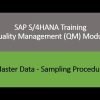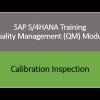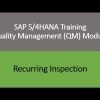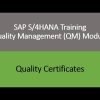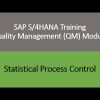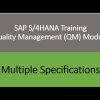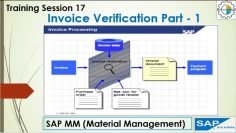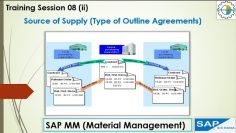This video provides an in-depth explanation of the organizational structure in SAP S/4HANA Quality Management. Here are the key points:
- Enterprise Structure: The enterprise structure in SAP is an organizational structure that represents an enterprise in the SAP R/3 system. It includes organizational units like legal company entities, sales offices, profit centers, etc. The enterprise structure is required for legal reasons, business-related reasons, and for reporting purposes.
- Organizational Units in QM: The organizational units for Quality Management (QM) are client, company code, plant, and storage location. These are not created by a QM consultant but by either finance or MM consultants.
- Client: In SAP, a client is a commercial organizational unit with its own data, master records, and set of tables. In simple terms, a client is a company or an organization.
- Company Code: A company code represents an independent accounting unit, for example, a company within a corporate group. Balance sheets and profit and loss statements required by law are created at the company code level.
- Plant: A plant is an organizational unit within a company where activities such as production, procurement, and materials planning take place. It can be a manufacturing location, a warehouse, a distribution center, or even an HR office. A plant is always assigned to a company code.
- Storage Location: A storage location is a place within a plant where materials are physically stored. Several storage locations can be defined within a plant. Storage locations are created with reference to a plant and are defined by a four-character alphanumeric key that is unique in the plant.
The video also includes a demonstration of how to navigate the SAP system to view the enterprise structure, company codes, plants, and storage locations. It emphasizes that while QM consultants need to understand these concepts, they typically do not create these organizational units in the system.









